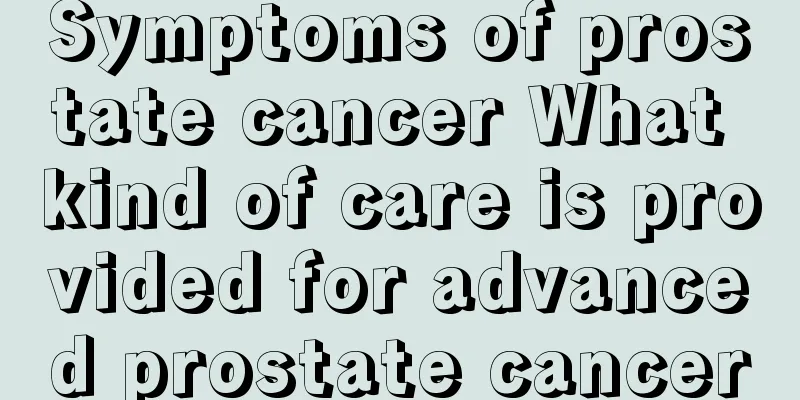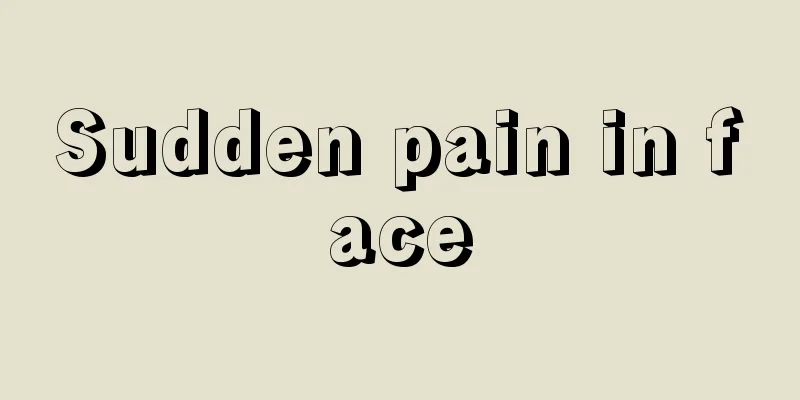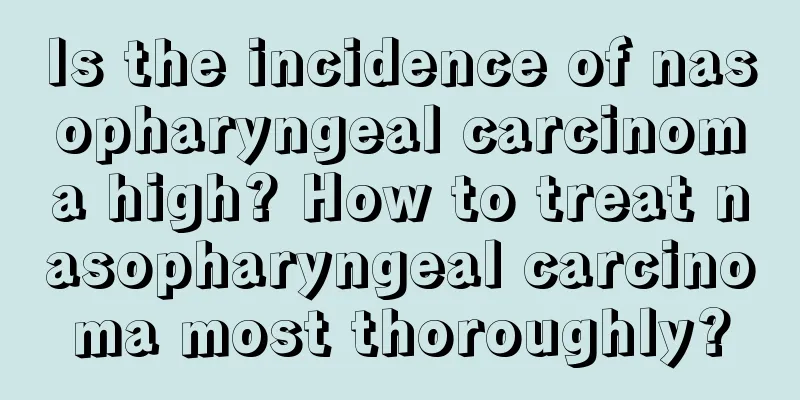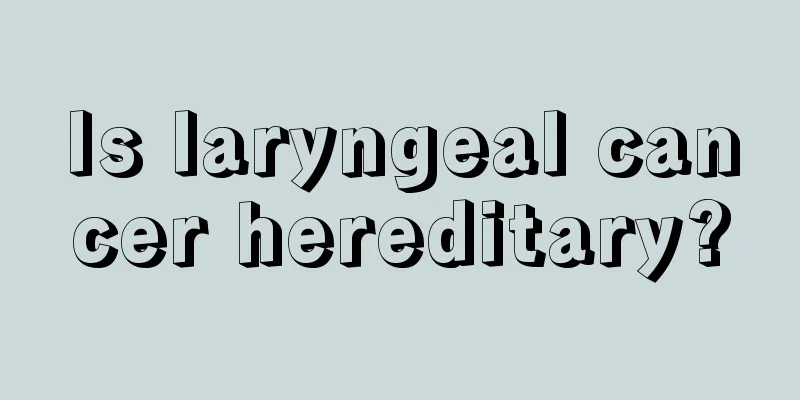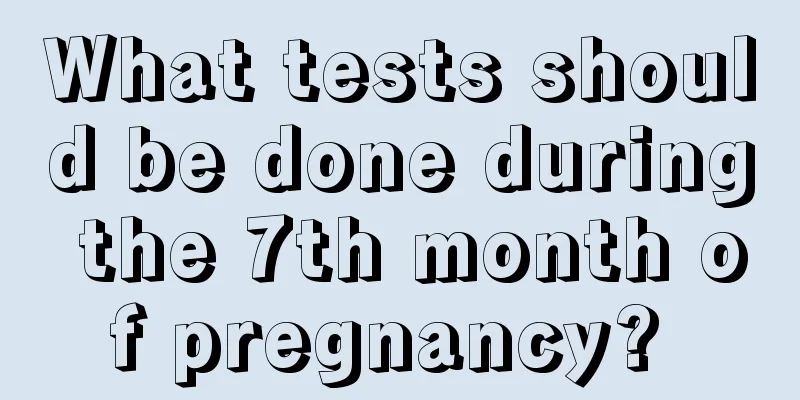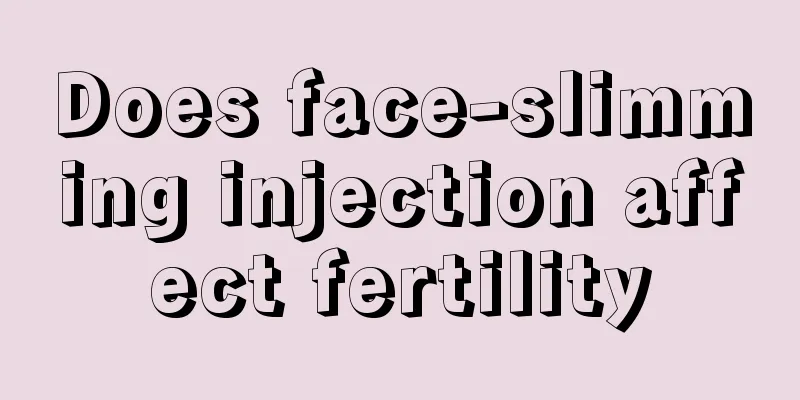Moxibustion for atrial fibrillation
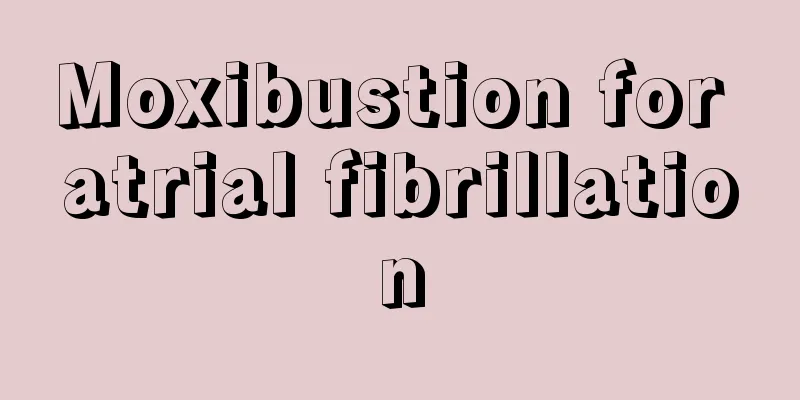
|
Hundreds of years of medical practice have proven that moxibustion can indeed play a certain role in treating diseases in the human body. Especially when people feel that their meridians are blocked and their bodies are stiff, using moxibustion can achieve immediate results. At the same time, many Chinese medicine practitioners believe that moxibustion can also prevent the problem of malposition of the fetus in pregnant women. But when atrial fibrillation occurs, will moxibustion have a therapeutic effect? Moxibustion cannot cure atrial fibrillation, but it may play a role in alleviating the condition. The advice still depends on the individual, and the patient's medical history and symptoms should be considered before treatment. Currently, drug therapy is an important method for treating atrial fibrillation. Drugs can restore and maintain sinus rhythm, control ventricular rate, and prevent complications such as thromboembolism. Goals of treatment include maintaining a normal heart rate and rhythm and preventing stroke. In terms of drug treatment, patients with atrial fibrillation mainly receive drug treatment from multiple aspects such as controlling heart rate, anticoagulation, and preventing complications. Treatment strategies 1. Paroxysmal atrial fibrillation: When atrial fibrillation occurs, you can choose drugs that slow down the ventricular rate or drugs that can convert the heart. For patients with frequent attacks, atrium-acting cardioversion drugs should be used during the intervals between attacks, and drugs that slow down the ventricular rate should not be used. For lone atrial fibrillation and non-coronary heart disease atrial fibrillation due to hypertension or left ventricular hypertrophy, propafenone or moricizine are the first choice. If they are ineffective, sotalol is selected, followed by amiodarone. For atrial fibrillation caused by coronary heart disease and myocardial infarction, do not use IC drugs. If the patient is young and has good heart function, sotalol can be used; if the patient is old and has poor heart function, amiodarone can be used; amiodarone can be used for paroxysmal atrial fibrillation in chronic congestive heart failure. 2. Persistent atrial fibrillation: Its treatment strategies include: 1) cardioversion and long-term use of antiarrhythmic drugs to prevent recurrence. 2) Slow down the ventricular rate and anticoagulate. If you choose strategy 1, you should consider using drugs for atrium cardioversion, and the drug selection principles are the same as those for paroxysmal atrial fibrillation; if you choose strategy 2, you should use drugs that slow down the ventricular rate. 3. Permanent atrial fibrillation: This is a type of atrial fibrillation that is impossible to restore sinus rhythm. Treatment should include drugs that slow down the ventricular rate and anticoagulants. (1) Digitalis drugs slow down the ventricular rate and have a positive inotropic effect. They can be used for patients with atrial fibrillation and heart failure. Because the mechanism by which digitalis slows down the ventricular rate is by stimulating the vagus nerve, indirectly acting on the atrioventricular node, prolonging its refractory period, and increasing latent conduction, digitalis can satisfactorily control the ventricular rate of atrial fibrillation during sleep and rest. However, when the sympathetic nerves are dominant during activities or in critical emergencies such as cor pulmonale, asthma, acute left heart failure, and perioperative period, when the sympathetic nerves are excited, the efficacy of digitalis drugs is limited. (2) β-blockers, which can antagonize sympathetic nerve activity. Non-dihydropyridine calcium antagonists slow down atrioventricular conduction and ventricular rate by blocking calcium ion channels. They can effectively control the ventricular rate not only during sleep or resting state, but also during exercise for atrial fibrillation. For the above-mentioned critical emergencies, when drugs such as cypermethrin are ineffective, intravenous diltiazem can be used. In addition, digitalis, non-dihydropyridine calcium channel blockers, and beta-blockers are contraindicated in patients with preexcitation syndrome and atrial fibrillation. Drugs that prolong the refractory period of the atrioventricular accessory pathway (such as intravenous procainamide, propafenone, or amiodarone) should be used. Ibuti1ide is also a new Class III antiarrhythmic drug that prolongs the effective refractory period of the atria and ventricles and has little effect on the conduction of normal heart tissue. Ibuti1ide is effective in converting recent-onset atrial fibrillation. Studies have shown that Ibuti1ide is more effective than procainamide in converting atrial fibrillation. |
<<: How long will it take to give birth if the contractions are every 6 minutes?
>>: What is the function of freezing baby embryos?
Recommend
What are the symptoms of ovarian teratoma
In recent years, a certain proportion of women ha...
Genetic characteristics of bladder cancer
Bladder cancer has no family history, which means...
Why do I want to vomit but can't
For most expectant mothers, pregnancy is a specia...
What causes premature graying of hair
Many young people suffer from premature graying o...
How to detect testicular cancer
Testicular cancer mainly occurs in young and midd...
What are the obvious early symptoms of nasopharyngeal carcinoma?
I believe everyone should have some understanding...
Can bone cancer be cured
Bone tumors are tumors that occur in bones or the...
How to remove oil stains from pants
In daily life, we often get oil stains on our bod...
What tea to drink if you have bad breath
Although in most cases, people with bad breath do...
Is brain neurofibroma serious?
Neurofibroma is an autosomal genetic disease. Gen...
Will eating mango cause chest tightness?
Mango is a fruit that many people like to eat. Ma...
Burning pain in chest
In daily life, many people have experienced a bur...
How should patients with early lung cancer be cared for? Three nursing methods for early lung cancer
Once you have lung cancer, it will have a serious...
Focal lymphocytic infiltration
I believe that many people don’t know much about ...
Air fryer principle
The air fryer is a type of pot. There are many ty...
